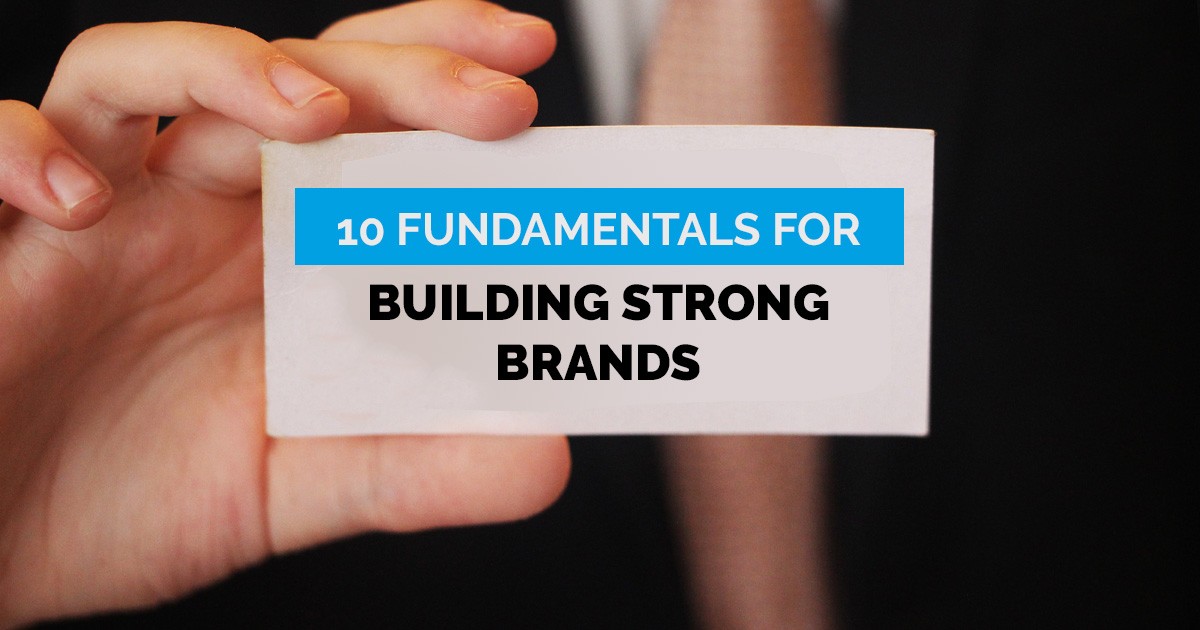
Brands and being up to date with the latest trends online.
Brands are popping up everywhere! They are flourishing online through social media marketing and digital influencer endorsements. Things are just kicking off for the rise of brands across the world.
But you see, building a brand isn't just about figuring out who your target audience is – it is also gathering their contact info, and then selling them something. It is about creating an emotional connection between your company and its potential customers.
When launching a new product, people will often forget to take into account the brand they're about to start building. They may spend a lot of money creating a good product, only to find out later that customers do not recognise it or understand how it fits in the competition. So all efforts are going to be futile.
To avoid these problems, it's important to ponder carefully about branding from the very beginning. You should also make sure that each stage of development follows the same path, so that the final product will be consistent and recognisable. Also, utilising great and effective digital marketing strategies can steer you to the right path of getting a strong brand online.

1. Identify your target audience.
The first step in creating a successful business is understanding who your customers are. Really taking the time researching and identifying that group of people that would be interested in your product. Then, list down those most important characteristics about them, like age, gender, occupation, location, income, level of education, religion, political affiliation, race, ethnicity, and interest in your products.
Next, organise a focus group to get feedback from these people about how they feel about your company and what they think about your products. Once you know everything you can about your potential customers, you’ll be able to create a strategy to reach out to them effectively.
2. Brand recognition.
When you're building a brand, you want to create something that people recognize and start associating themselves with. You need brand recognition.
Building your brand‘s personality is similar to writing a novel. First, you must sit down and list all the things about your brand. Let me explain. Your brand’s personality includes everything about your business. For example, if your company sells coffee machines, then your brand’s main characteristic would be how good your coffee tastes. Other traits might include whether the machine can brew multiple cups at once. How sturdy is it? And so on. Next, you should write down all the ways your brand conveys these traits to customers. Then, think about what kind of emotions the customer feels when they interact with your brand. Is your product fun? Serious? Cool?
3. Describe your brand’s mission and vision.
A company, before launching a product, should first clearly define its core values and state its mission in the world. You need to be able to articulate them clearly so that everyone understands why you're doing what you're doing.
So if you want to create a brand, you need a philosophy and a mission first.
4. Famous brands have great names.
There is no strict rule or recipe for creating the perfect brand name for your company. Your brand should not only reflect what you do, but also who you are. For example, if you run a bakery, then your brand name could include the word “bakery.” However, if you sell flowers, then you might consider calling your business “Flowers By Me.” To make things easier, you may want to keep the same company name—as long as you change the spelling and capitalisation.
5. Stick by your slogan.
They don't just pop into the mind of a random writer; slogans are the result of a careful process involving real product data, brand directives, and strategic planning.
To create the best slogan, you can think about these following factors:
- Make it something that would connect emotionally with the viewers.
- Make it easy to remember and would linger in the viewers’ minds.
- Show your brand’s promise and/or the benefit of your product.
- Make it short. Nobody really remembers a long slogan.
- Showcase the pride you have of your achievements and the quality of your products.
6. Position your brand accordingly.
Brand positioning means finding a unique way to fit a brand into an existing market. It involves identifying those opportunities where there are no products from other companies available and niches of people who would benefit from your company's product.
Take note – brands don't just "happen". Instead, they're built through a long, strategic process.
7. Create the logo.
This is the face of your brand, the one that is recognised by the people.
A company's logo helps customers identify their products, recognize their advertisements, materials, and actions. A logo, together with all other branding elements, helps the company differentiate itself from its competitors and positions them as a unique personality.
Logo design plays an important role in distinguishing brands from their competition and positioning them as unique images.
Your logo should contain important information about who you are, what your product/service is, where you're located, and what benefits it provides. It may be difficult at first, but it is certainly possible.
8. The colour scheme.
This is directly related to the logo. The colour palette speaks for one of the most important aspects of corporate branding: its visual appearance. It can help brands be perceived as a certain personality based on how the logo and colours are created together.
Colours have specific associations and connote certain meanings. Red has been associated with passion and enthusiasm; dark blue with sobriety, masculinity, and high skill.
9. Make a brand manual.
Your brand manual determines the coordinates and boundaries within your brand. Your brand manual will dictate whether or not certain things are acceptable for your brand.
A brand manual is used by anyone who wants to create marketing material for a company to follow specific guidelines so they can ensure all their communications are cohesive.
Set up a meeting with your agency so they can get to know your company better. You may want to discuss what kind of font you’d prefer for your communications and how you would like them designed but it is important for them to focus on creating an effective brand identity first and foremost.
10. Create the best user experience.
As a business, you should not neglect this last step and jump straight into creating the packaged version of your products before you even know if you are going to succeed at bringing them to market. You will risk leaving your brands' fates to chance.
That is why you need to understand your business’ goals. That is where you can derive your design solutions and address your customers’ concerns.

In conclusion…
To make sure that your brand is recognised everywhere, you have to blend marketing efforts into various media platforms. This means branding needs to be consistent across all channels – things like icons, layouts, and fonts need to look the same across the board.
Regardless of whether you're starting a business or want to rebrand an existing one, we know these tips will help guide you towards success.
Today, creating a brand isn't as easy as it was before when brands were built through newspapers and radio stations, but it certainly is a challenge worth taking because we can always count on newer communication channels to help us advertise our brand.
Great branding gives rise to great brands; so, take your time, study your industry and competitors, and start reconstructing your brand. If you need assistance in building a strong brand, we offer digital marketing services. We have a team of digital marketing specialists to provide you the best strategies to build and boost your brand.
Suggested Read: Brand building via SEO is Important for Your Business. Here are 10 Tips to Help You Get it Right!


